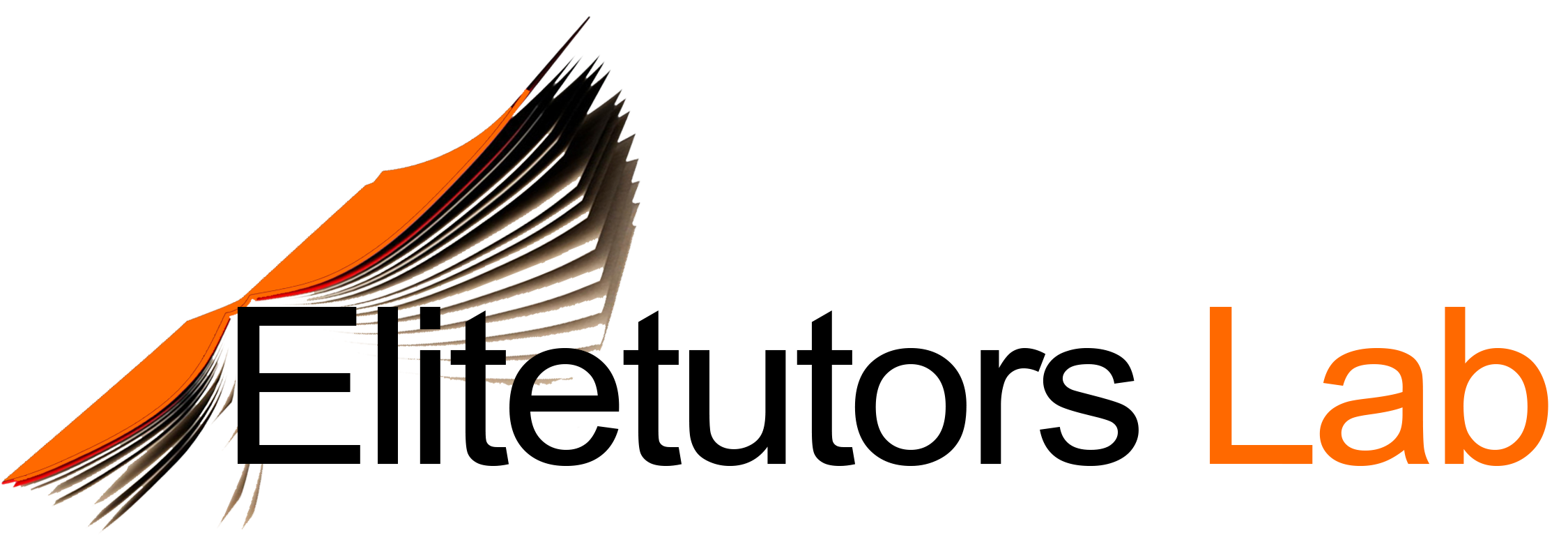Answer the questions below about each organelle or structure indicated on the eukaryotic cell in Panel 1-2. Notice this is an animal cell.
Plasma membrane:
- Are all cell membranes composed of a lipid bilayer?
- Define hydrophilic/hydrophobic.
- Define polar/non-polar.
- Compare the structure of phospholipids and cholesterol. How does structure affect function?
- Why do phospholipids spontaneously form bilayers?
Nucleus:
Nucleolus:
- Function?
- What is its size and shape determined by?
Nuclear Envelope:
- What provides structural support?
- Function of nuclear pore complexes?
Ribosomes:
- Are ribosomes organelles?
Endoplasmic Reticulum:
- Three major functions of ER?
- Structural/functional difference between smooth and rough ER?
- Where are smooth and rough ER found?
- Is the ER connected to the nuclear envelope? To the Golgi?
Golgi:
- How does the term compartmentalization apply to the Golgi?
- What is sorted by the Golgi?
Lysosomes:
- What is the significance of lysosomes having an internal pH ~5?
- Define “endosome”. How does an endosome differ in structure and function from a lysosome? …from a phagosome?
- Describe the three pathways to degradation in lysosomes.
Mitochondria and Chloroplasts:
- Define chemiosmotic coupling.
- Why is plasticity of mitochondria needed?
- Compare/contrast the structure/function of mitochondria and chloroplasts.
- Purpose of a double membrane?
- Why is it postulated that mitochondria/chloroplasts contain DNA? Does it code for the same proteins as nuclear DNA?
- Why are mitochondria mostly maternally inherited in higher animals? What is the significance of this?
- How are mitochondria made?
Peroxisomes:
- Function?
- How do peroxisomes function differently from lysosomes?
Cytoskeleton:
- Define “cytoskeleton”.
- For microfilaments, microtubules, intermediate filaments-
- Name the major protein(s) that make up each type of fiber
- Size (diameter)
- Stability
- Representative functions
Extracellular matrix (ECM) structures:
- Do plant cells have an ECM?
- How does a tissue differ from a cell?
- Define “connective tissue”.
- List the 3 major components of connective tissue. What are two main proteins associated with connective tissue?
- What comprises the extracellular matrix of bone? Cartilage? Tendon? Blood?
- Describe the structure of epithelial tissue.
- What is a basal lamina? Function?
- Describe the functions of at least 3 different cell junctions.
Cytosol:
- Is the cytosol liquid?
- Describe the internal environment of the cell. Is it static?
- List three ways plant cells differ from animal cells.
- Describe the main difference between prokaryotic and eukaryotic cells.
- Watch “The inner life of a cell” video. This video helps to visualize structures and processes in a cell.
Do You Know That our Professional Writers are on Stand-by to Provide you with the Most Authentic Custom Paper. Order with us Today and Enjoy an Irresistible Discount!
